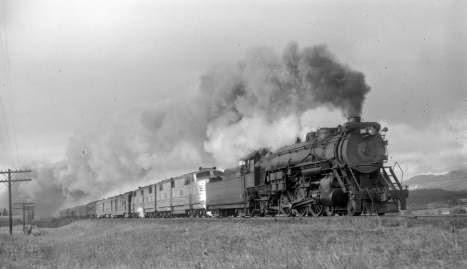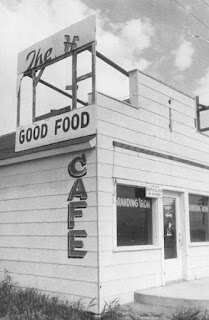To paraphrase Mark Twain, rumors of our demise are greatly
exaggerated. Newspapers have a million ways of being useful and some of them
have nothing at all to do with being black and white and read all over.
Let me give you a few examples.
“Fix a flat tire,” advises Michelle Hainer, of the
Washington Post. “If you get a tear
in your bike tire while riding, fold a quarter page of
newspaper into a square big enough (and thick enough) to cover the hole. Slip
the paper between tube and tire. Inflate the tube enough to hold the paper in
place, then put the tire back on its rim and inflate the tube fully. This quick
fix should keep you going for several miles.”
Hainer has a few more suggestions for constructive
application of newspapers including the following:
“Ripen tomatoes. Wrap green tomatoes individually in a
couple of sheets of newspaper. Store in an airtight container in a dark place
at room temperature. Check them every three to four days,” she writes.
The material can also be used to keep weeds out of your
garden. “Layer three to four sheets of newspaper next to your plants (at least
two inches away from the stems to prevent rotting) and then water the entire
area. Add a top layer of mulch, grass clippings or straw. The newspaper blocks
sunlight – which weeds need to grow – and will help keep the soil moist,” says
Hainer.
Make-Stuff.com also recognizes valid, positive, practical
benefits to extend the life of the paper. Among them: “Glass cleaner. After you
wash your windows or mirrors with soap and water or regular glass cleaner, wipe
the glass with a piece of crumpled newspaper for a streak-free shine.”
It recognizes the health benefits of newspapers as well.
“One trick used by baseball pitchers and mountain climbers to strengthen their
fingers and forearms is to lay a single sheet of newspaper on a flat surface
and then lay their hand, palm down, in the center. Using only that hand, begin
crumpling the newspaper and see how small a ball you can crumple it into. This
is a great inexpensive rehab technique for those who have suffered hand
injuries or strokes,” according to Kelley Mitchell who contributed this idea to
Make-Stuff.
Other well-known practical functions for newspapers include:
cheap insulation, pot holders, giftwrap, sop or sponge, packing material, kite
material, hat material, garden mulch, odor remover, dress patterns, garbage can
liners, vegetable drawer liner, papier mache, pet litter liner, workspace
cover, and fire starters – to name a few.
I am sure there are many, many more wonderful and interesting
things you can find to do with this very newspaper. Please let me know about
your favorite.

















